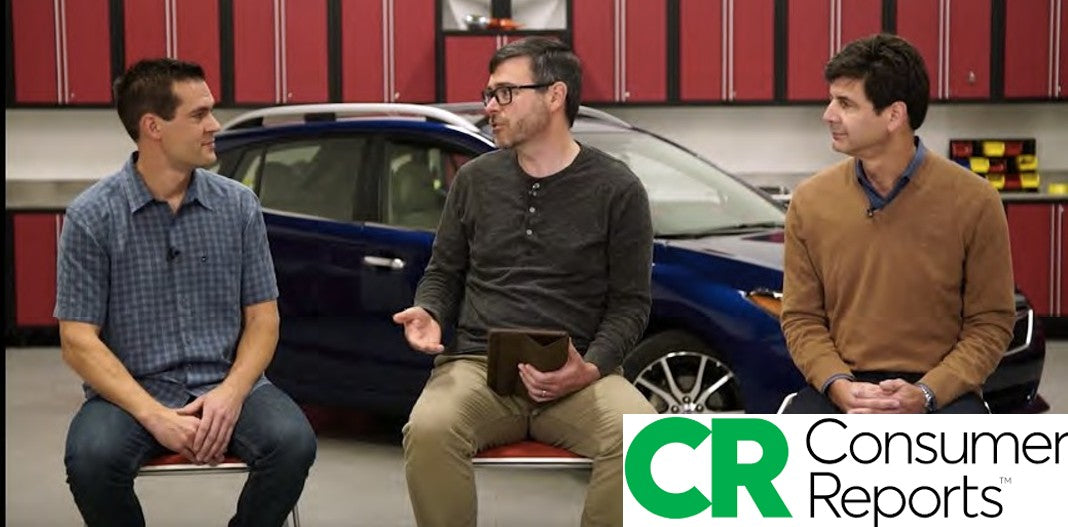One of the most common questions I get from OEM partners is simple.
How do you build an infotainment system that wins with customers, and lands at the top of JD Power and Consumer Reports?
At Ottawa Infotainment, we do not guess. We have lived this problem, solved it, and built an entire company around that experience.
Where It Started
Before founding Ottawa Infotainment, I led infotainment system development at Subaru R&D. The challenge was clear. Subaru ranked 26th out of 26 on JD Power’s infotainment rankings. Customer frustrations were piling up. Pairing Bluetooth was confusing. Navigation was difficult. Voice recognition rarely worked. The entire HMI experience needed to be redesigned from the ground up.
We went directly to the source.
-
Interviewed dealers, sales teams, and real customers.
-
Analyzed service reports and customer complaints.
-
Built detailed buyer personas.
One key insight: the average Subaru buyer was 52 years old (and that number has increased since 2012). We were not designing for Silicon Valley tech adopters. We were building for everyday drivers who wanted systems that were intuitive and reliable.
The Core Insight: Speed Drives Better Design
What changed everything was how we approached development.
The faster we could prototype, the more real-world design cycles we could run.
Each cycle made the system better.
My eventual co-founders at Ottawa Infotainment, Jason Kennedy, Jon Hacker, and Miles Hammond, helped create the tools that let us move fast.
-
Full cockpit “bucks” with real automotive-grade hardware for hands-on testing.
-
In-vehicle prototypes for live evaluations during real driving scenarios.
-
Consumer clinics with Subaru buyers, benchmarking against Chrysler Uconnect, Tesla Model S, and Volvo XC90.
-
Data-driven iteration on button sizes, screen layouts, menus, and voice interactions.

We also leaned into familiar design languages. If customers already knew how to use an iPhone, we could build on that muscle memory.
Real Customer Testing Wins
Eventually, Subaru ran independent studies across Los Angeles and Detroit. Our prototype competed directly against designs from Japan.
The research-backed design won.
When the 2017 Subaru Impreza launched with the new Gen 3 system, the payoff came quickly.

Consumer Reports wrote:
"Subaru’s new system is right up there with the best infotainment screens, with a clear screen, nice buttons and quick response... very, very well done."
Source
MotorTrend noted:
"It was intuitive... those who looked at Subarus but shied away because of outdated systems now have something very competitive."
Source
INFORMA’s Global UX Rankings placed Subaru among the Top 10 infotainment systems worldwide.
Source
JD Power scores improved dramatically. Subaru went from the bottom to being highly competitive in customer satisfaction.

Why We Built Ottawa Infotainment
That entire process shaped how we operate today.
Ottawa Infotainment is not just an engineering house. We are a full-stack product and research company focused on HMI, cockpit design, and infotainment.
We combine:
-
Customer research and persona development
-
Rapid prototyping with hardware and full vehicle simulation
-
Human-centered HMI design
-
Production-grade software and hardware delivery
Most companies test after production is locked. We help OEMs get real feedback early while design decisions can still change.
Why This Matters for Your Vehicle
Today, infotainment usability is one of the top drivers of JD Power, Consumer Reports, and overall customer satisfaction.
Features matter less if customers struggle to use them. The systems that win are intuitive, simple, and familiar.
That is the Ottawa Infotainment approach.


Share:
Reflections on Cybersecurity and Trust in the Age of Connected Vehicles